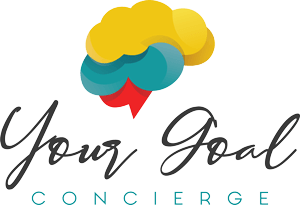Celebrating Counseling Awareness Month: Empowering Thriving Leaders
Erica Kesse
As we celebrate Counseling Awareness Month, I want to take a moment to acknowledge the incredible work you do every day. As a therapist and author of "Honey, You Need Counseling Skills," I understand the unique challenges you face, particularly when it comes to imposter syndrome and burnout. This blog is dedicated to empowering you with the tools and insights you need to not only survive but thrive in your roles.
Overcoming Imposter Syndrome
Imposter syndrome can be a silent saboteur, making you question your abilities and second-guess your decisions. Here are a few strategies to help you overcome these feelings:
- Practice Self-Compassion: Treat yourself with the same kindness and understanding you offer to others. Acknowledge that everyone makes mistakes and that it's okay not to have all the answers.
- Reframe Negative Thoughts: Challenge those pesky inner voices by reframing negative self-talk into positive affirmations. You are capable and deserving of your success.
- Celebrate Your Wins: Take time to reflect on your accomplishments and celebrate your successes, no matter how small they may seem.
Managing Burnout
Burnout is a real and pressing issue for many leaders. Here are some tips to help you manage your time and energy more effectively:
- Prioritize Self-Care: Make time for activities that nourish your mind, body, and soul. This includes exercise, meditation, and spending time with loved ones.
- Set Boundaries: Learn to say "no" without guilt or apology. Your well-being is crucial to your success.
- Delegate Effectively: Identify tasks that can be delegated to others, freeing up your time and energy for more strategic and high-impact activities.
Counseling Skills for Thriving Leaders
In my book, "Honey, You Need Counseling Skills," I share five imperative counseling skills that can help you thrive as a leader. These skills include:
- Vision Casting: Clearly define your vision and goals, and communicate them effectively to your team.
- Mission Creation: Develop a mission statement that aligns with your values and inspires your team.
- Time and Energy Management: Prioritize tasks, manage your time effectively, and maintain a healthy work-life balance.
- Communication Skills: Develop active listening skills, ask open-ended questions, and communicate clearly and empathetically.
- Thrive Planning: Create a plan that focuses on growth, development, and sustainability.
Resources and Support
- Book Giveaway: To celebrate Counseling Awareness Month, I'm giving away a few copies of "Honey, You Need Counseling Skills." Simply reply to this email with your name and a brief message on how you're working to overcome imposter syndrome or burnout.
- Free Consultation: Schedule a free consultation with me to discuss your specific challenges and receive personalized guidance.
- Community Support: Join our community of thriving leaders in the Thrive Oasis: www.thriveoasis.life/thrive-community
As a thriving leader, you have the power to create positive change in your organization and beyond. Remember, you are not alone in your struggles, and seeking help is a sign of strength, not weakness. Keep pushing forward, and know that you have the support of this community.
Wishing you continued success and well-being,
Erica Kesse, LPC, CPQC
P.S. Don't forget to take care of yourself this month. You are worth it.



